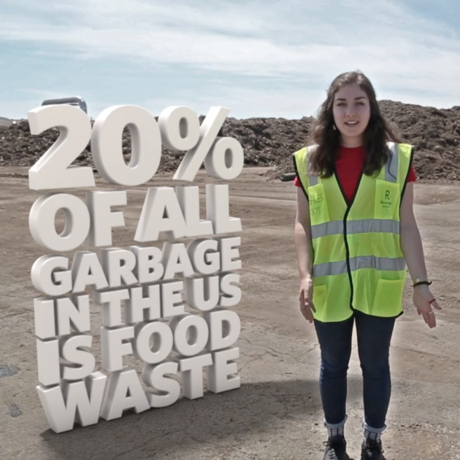Grade level: 6-10
Length: 5.75 minutes
Next Generation Science Standards: MS-ESS3-3, MS-LS2-4 (PEs); MS-ESS3.C, MS-LS2.C (DCIs); Systems, Stability and Change (CCCs)
Ocean Literacy Principles: 1g, 1h, 6b, 6d, 6g
Video Discussion Questions:
-
What is an ‘invasive species’? What impacts can invasive species have on marine ecosystems?
-
What is a ‘Marine Protected Area,’ or MPA? What is its purpose? How can MPAs differ?
-
What impacts can nutrient pollution have on the ocean?
-
How do ‘dead zones’ form?
-
What do you think is meant by the saying ‘think globally, act locally’? How does it apply to the issues you learned about in this video?
Download more discussion questions
Download student vocabulary

